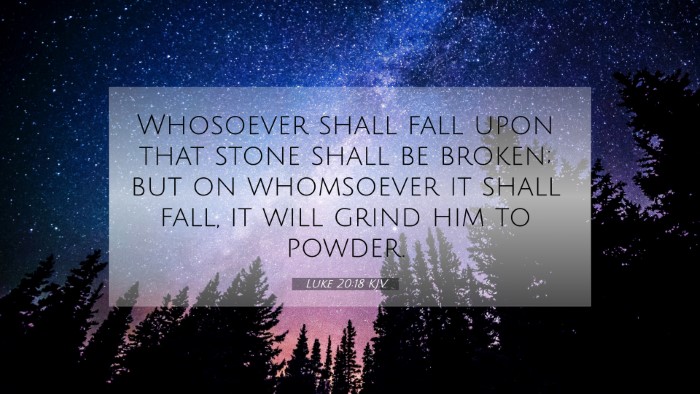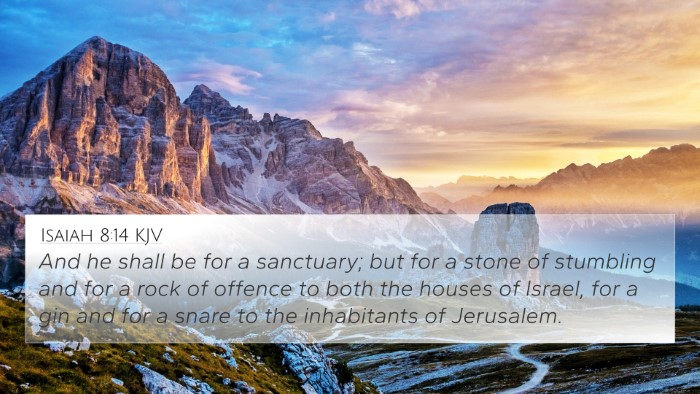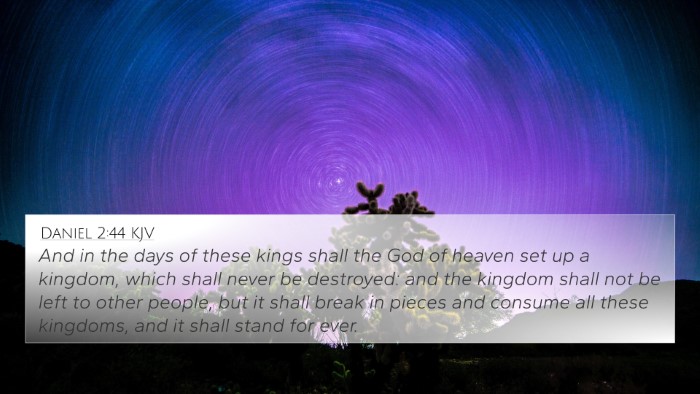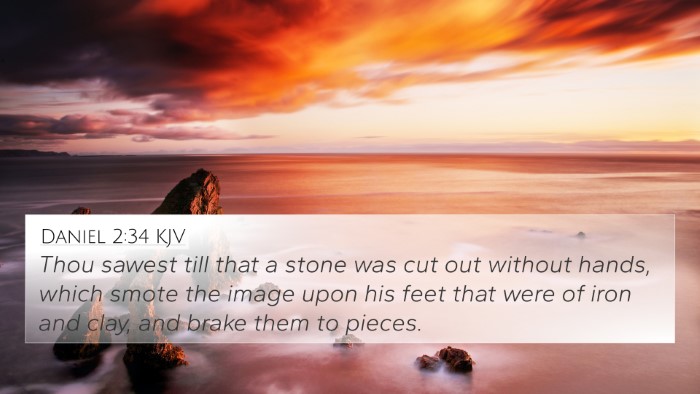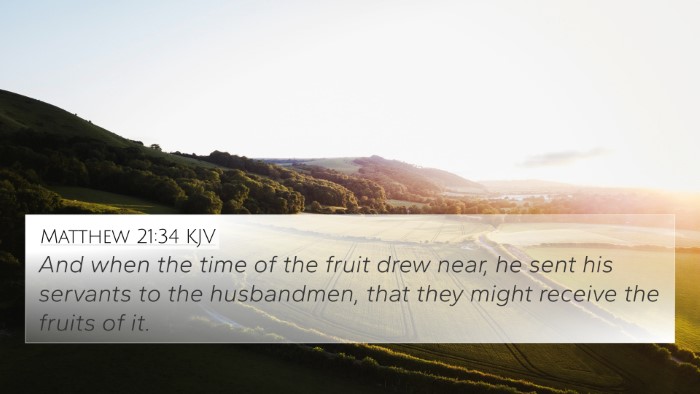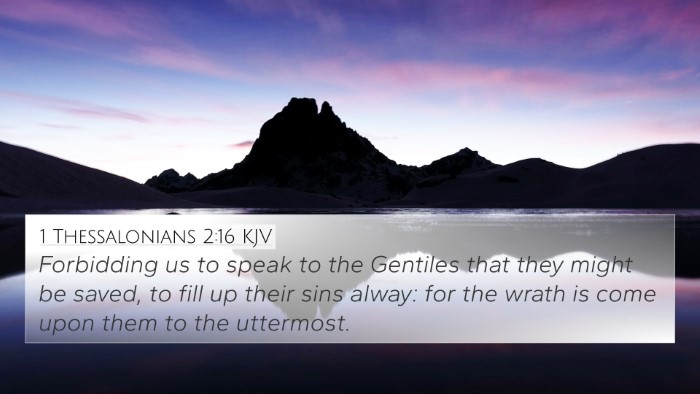Understanding Luke 20:18
Luke 20:18 states: "Everyone who falls on that stone will be broken to pieces; anyone on whom it falls will be crushed." This verse, part of Jesus's teaching to the chief priests and scribes, holds deep meaning regarding judgment, rejection, and the consequences of one's actions toward God's word.
Verse Context and Analysis
To fully grasp the meaning of this verse, we must examine its context. Situated in a parable about a wicked vineyard owner (Luke 20:9-16), Jesus warns the religious leaders about their impending judgment for rejecting Him. According to Matthew Henry, the stone represents Christ, the chosen cornerstone, and those who reject it are destined for destruction.
Thematic Connections and Biblical Parallels
This verse vividly illustrates a recurring biblical theme: the consequence of rejecting God's messengers and the divine authority of Jesus. Key connections and cross-references include:
- Isaiah 8:14: "He will be a sanctuary; but for both houses of Israel he will be a stone that causes men to stumble." This passage reflects the theme of Jesus as both a refuge and a stumbling block for those who refuse to believe.
- Matthew 21:44: "He who falls on this stone will be broken to pieces; but he on whom it falls will be crushed." This direct parallel reaffirms the consequences of rejecting Christ.
- Romans 9:32-33: "They sought it not by faith, but as it were by the works of the law. For they stumbled at that stumbling stone." This illustrates how reliance on human efforts leads to missing the grace of God.
- 1 Peter 2:7-8: "Unto you therefore which believe he is precious: but unto them which be disobedient, the stone which the builders disallowed, the same is made the head of the corner." Peter reiterates the honor of Christ for believers versus the retribution faced by the disobedient.
- Luke 17:1: "It is impossible but that offenses will come: but woe unto him, through whom they come!" This highlights the inevitability of judgment against those who lead others astray.
- Acts 4:11: "This is the stone which was set at nought of you builders, which is become the head of the corner." Here, Peter identifies Jesus as the cornerstone, emphasizing His essential role in salvation.
- Hebrews 10:31: "It is a fearful thing to fall into the hands of the living God." This verse underscores the gravity of divine judgment, resonating with the theme found in Luke 20:18.
Interpretation Through Public Domain Commentaries
Albert Barnes notes that original rejection will lead to severe consequences, implying that the religious leaders' resistance to Jesus's message will result in spiritual and communal ruin. Adam Clarke emphasizes that the symbolism of the stone encapsulates the authority and the transformational power of Christ in the lives of those who accept Him, contrasting the tragedy that befalls those who reject His message.
Applying the Lesson
The exhortation of Luke 20:18 resonates with contemporary audiences by emphasizing the importance of recognizing Christ as the keystone in faith and life. Those who connect with Him will find strength, whereas rejection leads to disintegration and despair. This foundational truth serves as a guide for believers in their spiritual journey.
Cross-referencing and Thematic Connections
Utilizing tools for Bible cross-referencing can deepen the understanding of Luke 20:18. This practice not only identifies connections between Bible verses but also enriches one’s study of Scripture through thematic connections. Here are some suggested methods:
- Use a Bible concordance to locate related themes across books.
- Employ a Bible cross-reference guide to find passages that link with Luke 20:18.
- Investigate cross-reference Bible study methods to create a comprehensive understanding of interconnected scriptural principles.
Conclusion
Luke 20:18 serves as a profound reminder of the significance of recognizing and accepting Jesus’s role in our lives. By cross-referencing Biblical texts and exploring the connections among them, one can appreciate the depth and richness of the Scriptures. Each instance of cross-referencing unveils a cohesive message woven through the fabric of the Bible, enhancing one’s comprehension and appreciation of God's redemptive story.


